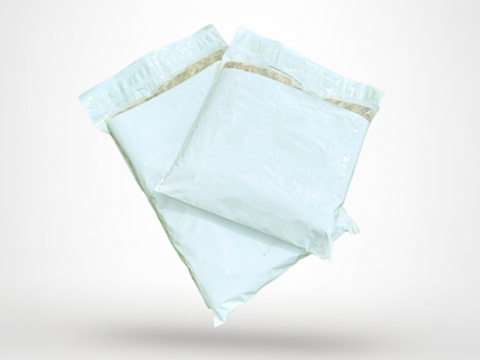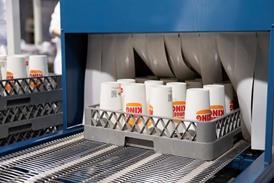
Hydropac, a UK-based manufacturer of temperature-controlled packaging, has launched new thermal pocket packs that use sheep wool to control temperature, replacing a previous plastic-based solution.
The new Wool Thermal Postal Pocket is engineered for temperature-sensitive sectors including meal prep, perishable food delivery, retail sampling, and pharmaceutical distribution.
Hydropac says that its new packs can maintain thermal integrity for up to 24–48 hours (depending on pack-out configuration and ambient temperatures), while also being reliable in terms of consistent density, airflow control, and reduced thermal leakage.
The company also claims that its Wool Thermal Postal Pockets offer enhanced breathability, helping prevent condensation buildup common in some synthetic alternatives, while supporting temperature compliance for chilled and ambient-sensitive payloads without the need for bulkier packaging.
The packs are available in two sizes: small (250x310mm), and medium (320x410mm), the pouches are designed for efficient box loading, minimising void space while supporting load stability and carrier compliance.
“This isn’t a trend-following decision,” says Colin Rowland, Managing Director at Hydropac. “It’s a strategic commitment to better materials, smarter design, and genuine circularity in packaging. We’re proud to offer our customers a solution that performs even better than the plastic version it replaces - without the long-term environmental cost.”
In terms of comparisons with Hydropac’s previous plastic-based thermal packs, the company says that the new format has achieved an 80% reduction in plastic content. The outer layer is made from recyclable plastic, while the wool liner is reportedly fully compostable, biodegradable and reusable.
In addition, the pack has been designed to support both single-use and reuse-cycle logistics, while offering full kerbside separation compatibility, in a bid to enhance post-use recovery.
If you liked this story, you might also enjoy:
The ultimate guide to the Packaging and Packaging Waste Regulation in 2025
How are the top brands progressing on packaging sustainability?
Everything you need to know about global packaging sustainability regulation in 2025
The key to increasing the use of reusable packaging in supermarkets












No comments yet